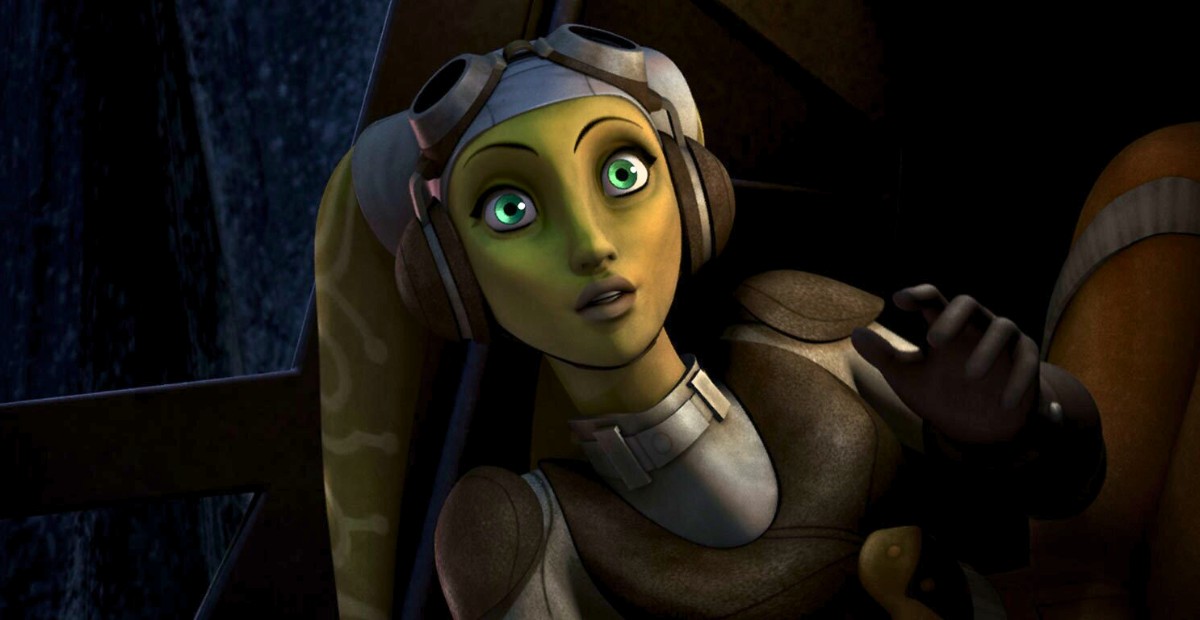Twi’leks are one of the most iconic species in Star Wars, known for their graceful movements, colorful skin, and signature head-tails. But as more Twi’leks have appeared on-screen and in books, fans have noticed big differences in how they look. This has sparked a major question: Are they one species, or are there multiple similar-looking subspecies living on Ryloth?
The short answer: They’re one species with broad natural variation. But their biology, culture, and even politics run far deeper than it may seem at first glance—especially when we consider both canon and Legends material.
Twi’leks Are One Species, Not Subspecies
In canon, Twi’leks are a single sentient species native to the harsh planet Ryloth. They all share a common physiology: humanoid build, twin lekku (head-tails), and the ability to speak both Galactic Basic and their native language, Twi’leki.
What throws people off is the range of skin tones—blue, green, orange, purple, and even red. These variations are purely phenotypic, like human skin tone. For example, red-skinned Lethan Twi’leks are incredibly rare, but they’re not biologically distinct. There’s no lore, canon or Legends, that classifies them as a separate subspecies. They’re part of the same genetic pool.
One of the most noticeable differences between Twi’leks is in their ears. Some have smooth cones, while others have human-style ears. The explanation lies in sexual dimorphism.
In both canon and Legends, female Twi’leks often display smooth ear cones, while males typically have human-like ears, more angular faces, and visible teeth. The cone shapes were originally costume pieces, but later retconned into biology to explain the design shift.
This split in appearance has sometimes been mistaken for evidence of subspecies, but it’s actually a gender-based trait within a single species.
Lekku: Beyond Just Head-Tails
Lekku are more than just decorative—they’re crucial to Twi’lek identity, communication, and health.
Canon recognizes lekku as essential organs. Twi’leks use them to express emotion, and damage to them can be physically or mentally harmful. In Legends, the role of lekku goes even further: they’re used for nonverbal communication through a language called “Twi’leki,” allowing Twi’leks to convey complex ideas silently.
Most Twi’leks have two lekku. But then there’s Orn Free Taa, the senator with four.
Legends Explanation:
In Legends, his extra lekku are the result of extreme obesity, not subspecies status. Twi’leks with access to luxury and overnutrition might develop extra fatty protrusions from the brow ridges, which mimic additional lekku. They’re not functional and don’t contain the neural tissue regular lekku do. In-universe, these were sometimes seen as symbols of indulgence, status, or even power.
Canon does not confirm this explanation but also doesn’t contradict it—so the Legends interpretation fills the gap.
The Finger Controversy: Likely Mutation or Production Error
Twi’leks typically have five fingers, like most humanoid species in Star Wars. But some characters—especially Senator Orn Free Taa—appear to have only four. There’s no official in-universe explanation for this in either canon or Legends. The most likely reason? A costume or prosthetic design limitation, not a biological trait.
This kind of inconsistency isn’t unique. For example, Oola’s cone-shaped “ears” in Return of the Jedi weren’t initially meant to be physical ear structures at all—they were part of her headdress costume. Over time, these decorative cones were misinterpreted as anatomy by later artists and filmmakers. That reinterpretation eventually led writers to develop the concept of sexual dimorphism in Twi’leks, where females have smooth ear cones and males have human-style ears.
Twi’leks Can Hybridize With Humans
In canon, Twi’leks can produce hybrid offspring with humans. A well-known example is Hera Syndulla and Kanan Jarrus’s son, Jacen Syndulla. While Jacen appears mostly human with green-tinged hair, this supports the idea that the two species are genetically compatible.
In Legends, this cross-species compatibility was attributed to ancient genetic manipulation by the Rakata, who modified various species—including humans and Twi’leks—for use as slaves. This background helps explain why so many near-human species in Star Wars can interbreed.
That said, hybrids are individuals—not evidence of distinct subspecies.

